South Korean researchers have developed a technology that improves the lifespan of next-generation anode-free all-solid-state batteries (AFASSBs) by seven-fold using a cost-effective two-dimensional material.
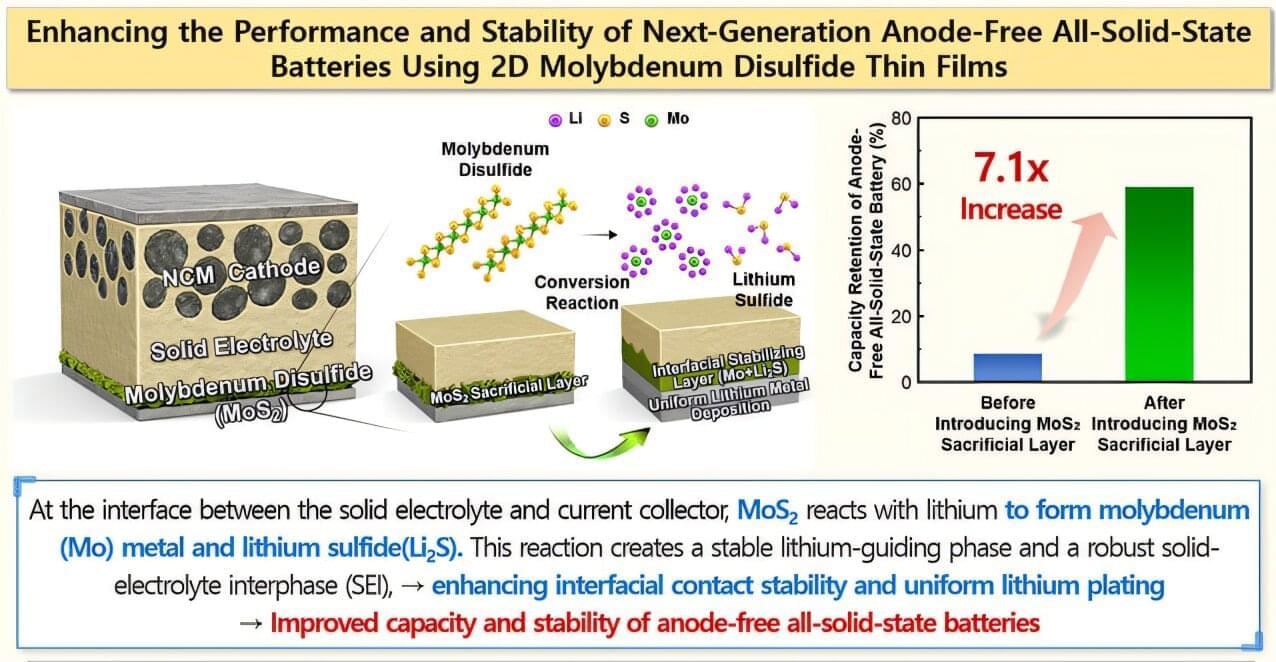

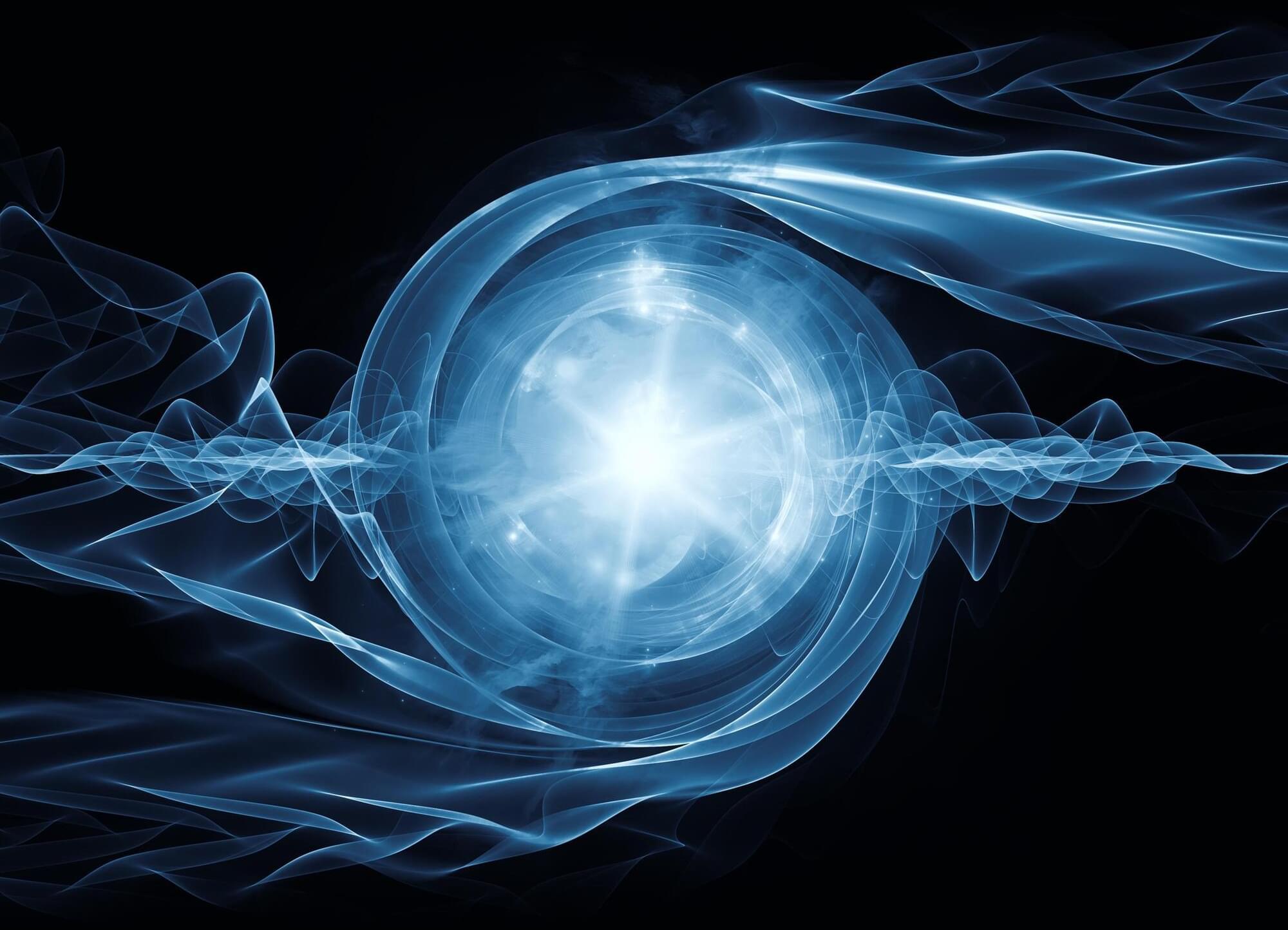
A new study led by researchers at the Universities of Oxford, Cambridge and Manchester has achieved a major advance in quantum materials, developing a method to precisely engineer single quantum defects in diamond—an essential step toward scalable quantum technologies. The results have been published in the journal Nature Communications.
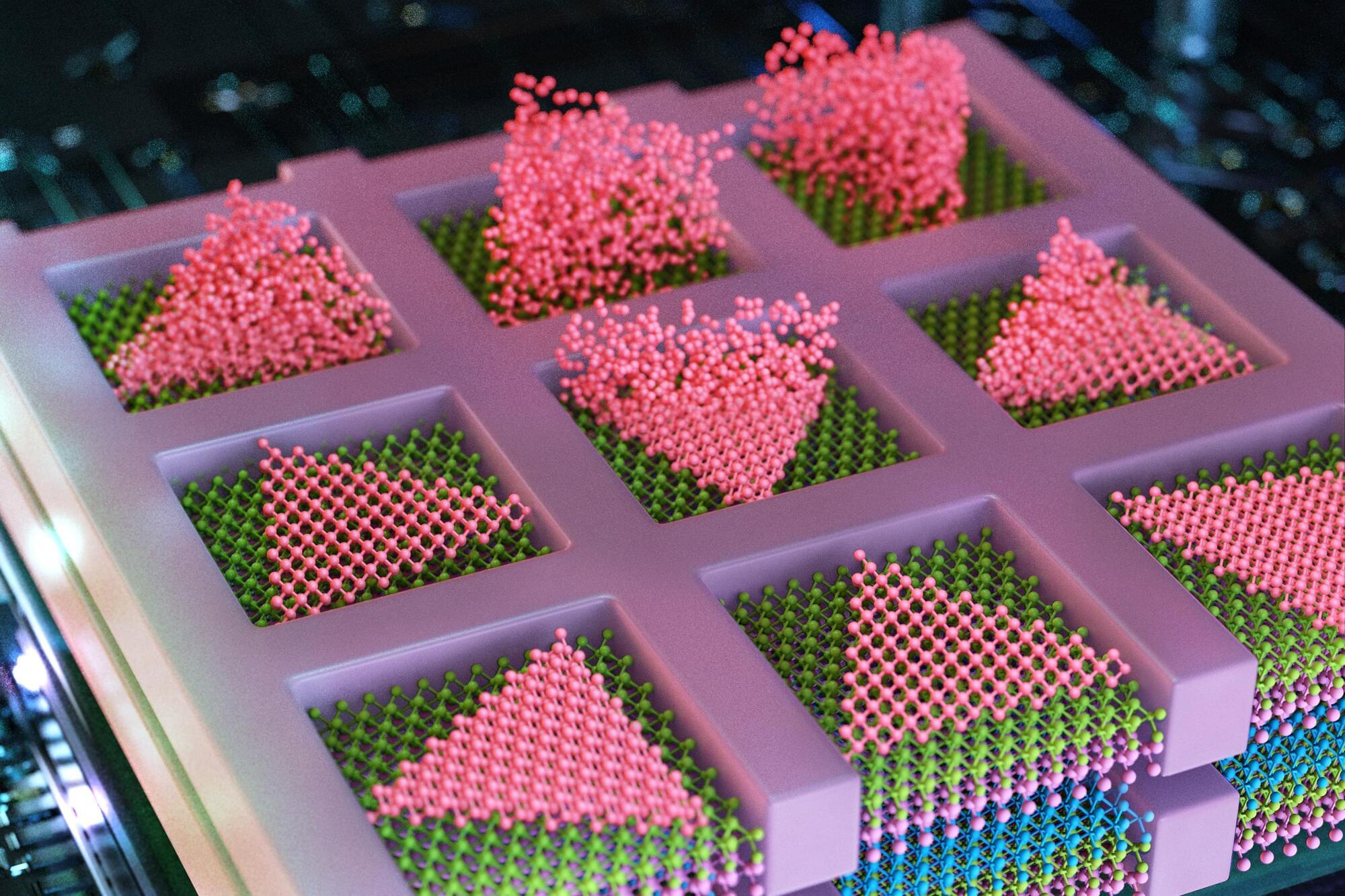
The electronics industry is approaching a limit to the number of transistors that can be packed onto the surface of a computer chip. So, chip manufacturers are looking to build up rather than out.
Instead of squeezing ever-smaller transistors onto a single surface, the industry is aiming to stack multiple surfaces of transistors and semiconducting elements — akin to turning a ranch house into a high-rise. Such multilayered chips could handle exponentially more data and carry out many more complex functions than today’s electronics.
MIT researchers fabricated 3D chips with alternating layers of semiconducting material grown directly on top of each other. The method eliminates thick silicon between layers, leading to better and faster computation, for applications like more efficient AI hardware.
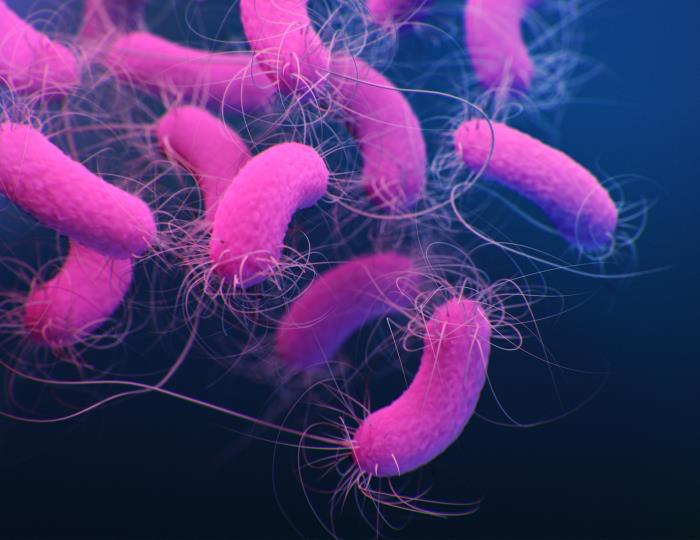

Scientists at the University of Nottingham have discovered surface patterns that can drastically reduce bacteria’s ability to multiply on plastics, which means that infections on medical devices, such as catheters, could be prevented.
The findings of the study, which are published in Nature Communications, show that when bacterial cells encounter patterned grooves on a surface, they lose their ability to form biofilms.
Biofilms are surface-associated slime-cities which help protect the bacteria from the body’s natural defenses against infection. This, in turn, means the infection is effectively prevented before it can become fully established and would also positively activate the immune system to get rid of any individual bacteria that were there.
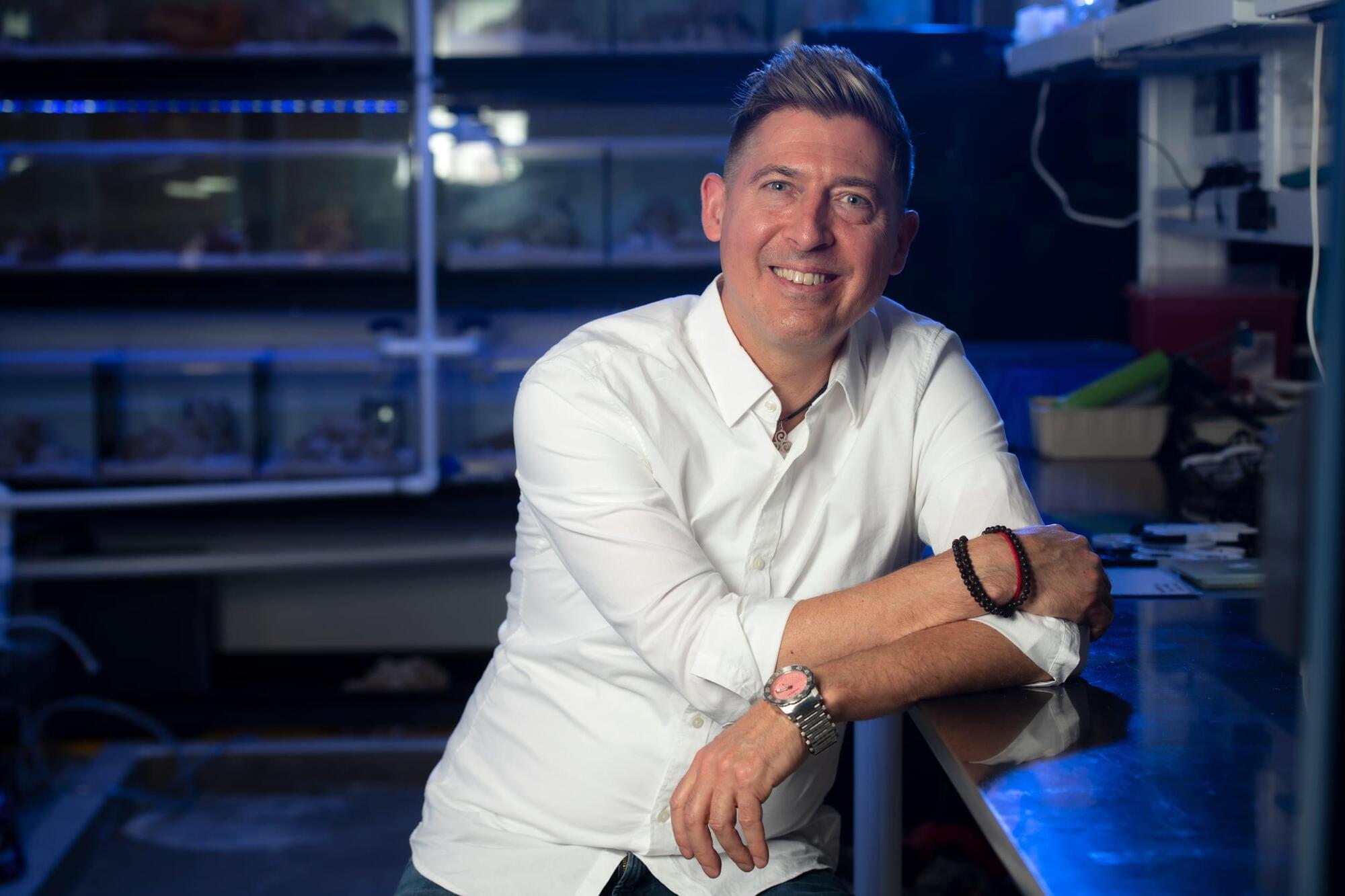
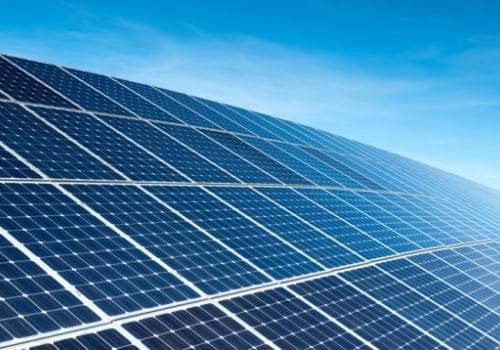
At the core of this discovery, published in Science Advances, is barium titanate (BaTiO₃), a material known for its ability to convert light into electricity, though not very efficiently on its own.
The scientists found that by embedding thin layers of barium titanate between two other materials – strontium titanate and calcium titanate – they could create a structure that produces significantly more electricity than barium titanate alone, even while using less of it.
The improvement is striking. The layered structures generated up to 1,000 times more electricity than the same amount of standalone barium titanate. The researchers were also able to fine-tune this effect by adjusting the thickness of each layer, giving them control over the system’s performance.
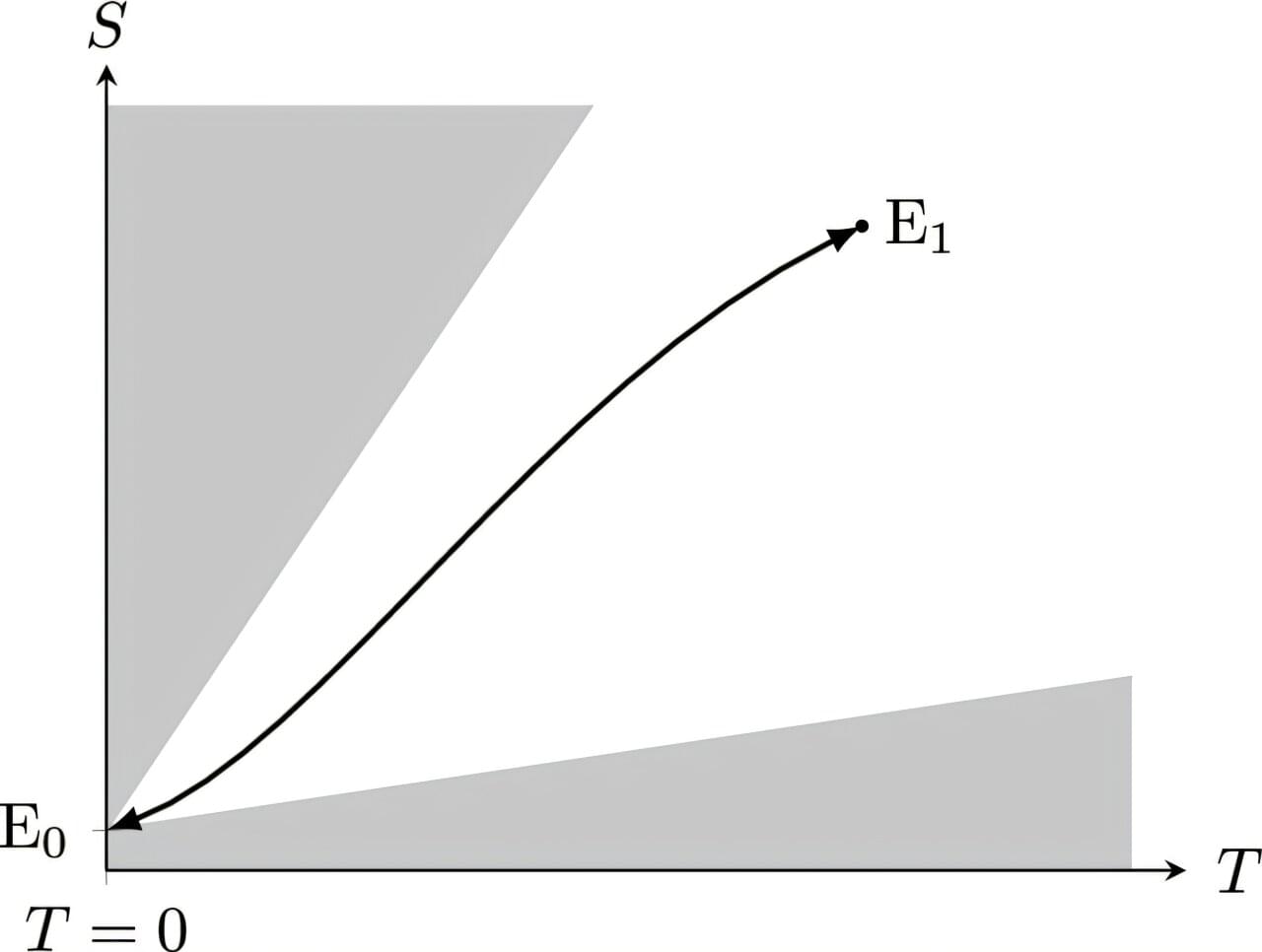
The concatenation of both ideas allows us to conclude that entropy exchanges tend to zero when the temperature tends to zero (which is Nernst’s theorem) and that absolute zero is inaccessible.
Martin-Olalla points out that a fundamental problem in thermodynamics is to distinguish the sensation of temperature, the sensations of hot and cold, from the abstract concept of temperature as a physical quantity. In the discussion between Nernst and Einstein, temperature was merely an empirical parameter: the absolute zero condition was represented by the condition that the pressure or volume of a gas became close to zero.
Formally, the second principle of thermodynamics provides a more concrete idea of the natural zero of temperature. The idea is not related to any sensation, but to that engine imagined by Nernst but which has to be virtual. This radically changes the approach to the proof of the theorem.
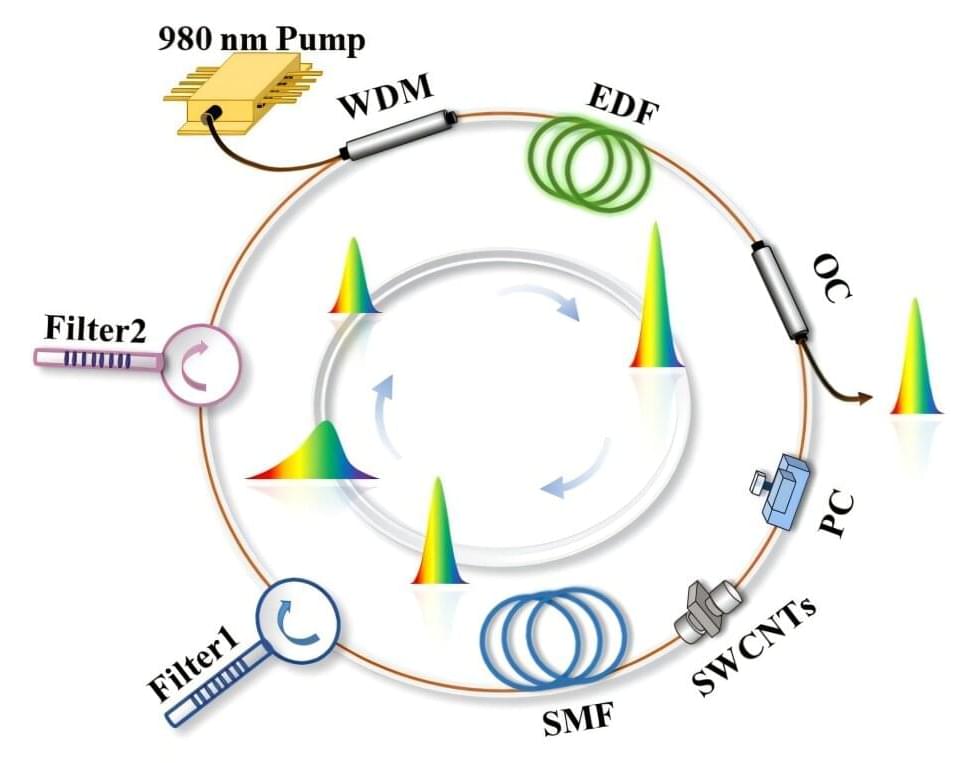
Lasers have widespread applications as a light source in a variety of fields, including manufacturing, medicine, high-speed communications, electronics, and scientific research.
In recent years, the demand for lasers with increased control over their output has grown significantly. In particular, ultranarrow bandwidth mode-locked lasers, which can produce extremely short laser pulses (short bursts of light) ranging from picoseconds to nanoseconds, have received considerable attention. Such short laser pulses are extremely beneficial for many applications—from diamond cutting to semiconductor manufacture. However, these applications can be further improved with the incorporation of lasers with tunable pulse duration.
A laser works by reflecting light back and forth between a highly reflective and a selective reflective mirror inside a cavity, and then amplifying it using a material called the gain medium. Conventional continuous-wave lasers emit a continuous beam of light waves (modes) with different wavelengths and random phases.

The realization and phonon imaging of nanoscale mechanical metamaterials has remained challenging. Here the authors resolve the phonon dynamics and band structures of five different self-assembled nanoparticle lattices, revealing the role of nanoscale colloidal interactions in modulating the lattice properties.